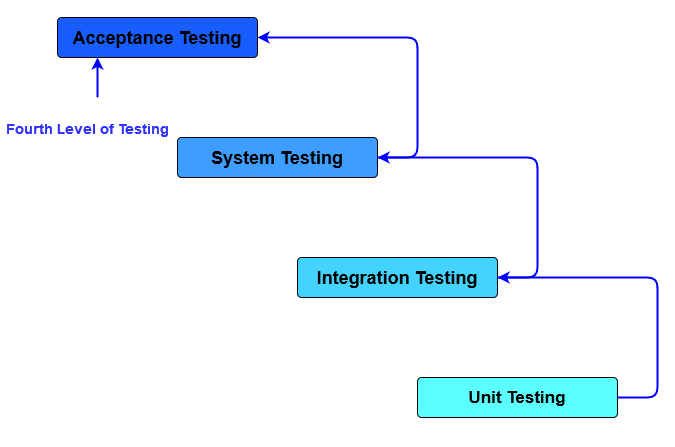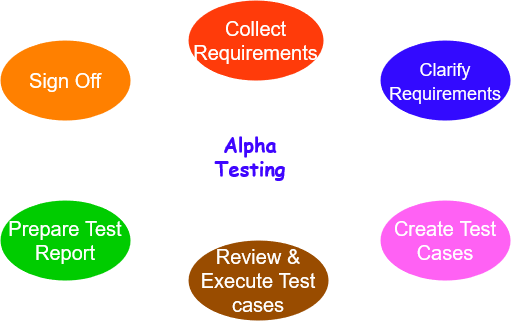| Usama Ashraf

What is Alpha Testing?
Alpha Testing is also a type of Acceptance Testing. This software testing performed to identify bugs before releasing the software product to the real users or clients or public. The main objective of Alpha testing is to refining the software product or project before going to live. Identify those bugs or defects which were not discovered in previous testing, also identify missing features.
This is known as alpha testing because it is conducting on early stage of software testing near the end of development. Normally this testing performed internal office staff members like developers, testers and other team members. It is beneficial in software testing because it determines many bugs or defects in earlier stage of development which make easy for developer to fix it, otherwise big fixes takes time if they caught in UAT.

Who involves in Alpha Testing?
There are two phases in Alpha testing:
- Usually in first phase developers do this task at the time of implementation. They use debuggers to identify bugs quickly and rapidly then work on these bug fixes. Alpha testing helps developers to identify bugs in earlier stage which will beneficial in next stages of testing. Usually this is the task of testers to come up with bugs, crashes, missing features, etc.
- In second phase Software testing team comes up with their created test cases with different scenarios in a separate testing environment. It involves both Black Box and White box testing. Testing team identified more bugs, app crashes, missing features to enhance the quality of software.
How to do Alpha Testing:
Usually Alpha testing carried out by testers. The first and most important part of this testing is to review requirement specification which was given by client side. First testing team reviewed all requirements and will create their Test Plan according to it. After reviewing requirements QA team create test cases with different positive and negative scenarios and execute it on their separate testing environment.
After executing test cases on testing environment, they reported bugs or defects in an app to the developers, after fixing the bugs QA team is doing retesting and regression to verify bug fixes and also verify that recent bug fixes could not affect the existing functionalities. Quality Assurance team try to perform functional and non-functional testing to identified more bugs in application or software.
Entry Criteria for Alpha Testing:
- Software or Business requirements must be understand
- Test cases must be ready for all requirements
- Requirements Traceability Matrix should be ready
- Testing team with good knowledge and understanding to software usage
- Test Environment setup must be ready
- QA build ready for validation
Exit Criteria for Alpha Testing:
- All test cases must be executed
- All bugs must be reported after executing test cases
- All severity issues or bugs must be fixed and closed
- Make sure no additional features added
- RTM must be traced perfectly
- Sign off Alpha Testing
Advantages of Alpha Testing:
- Easy to identify bugs in earlier stage
- Reduce delivery time of software into market
- Reduce cost and time in later on phases
- Helps to deliver better Quality of Software in a market.
Conclusion:
Alpha Testing is necessary before going live the product or project. In Alpha testing we cover many scenarios with different aspects and identified all bugs. All high severity and high priority bugs were fixed in this testing. In Alpha testing both developers and Testers can do their best to catch out maximum bugs. Alpha testing is the main part of Acceptance Testing.
We will discuss next type of Acceptance Testing in next blog.
Join us next time, as we continue our journey of learning canvas apps.Click here to learn more about Imperium's Power Apps Services. We hope this information was useful, and we look forward to sharing more insights into the Power Platform world.

